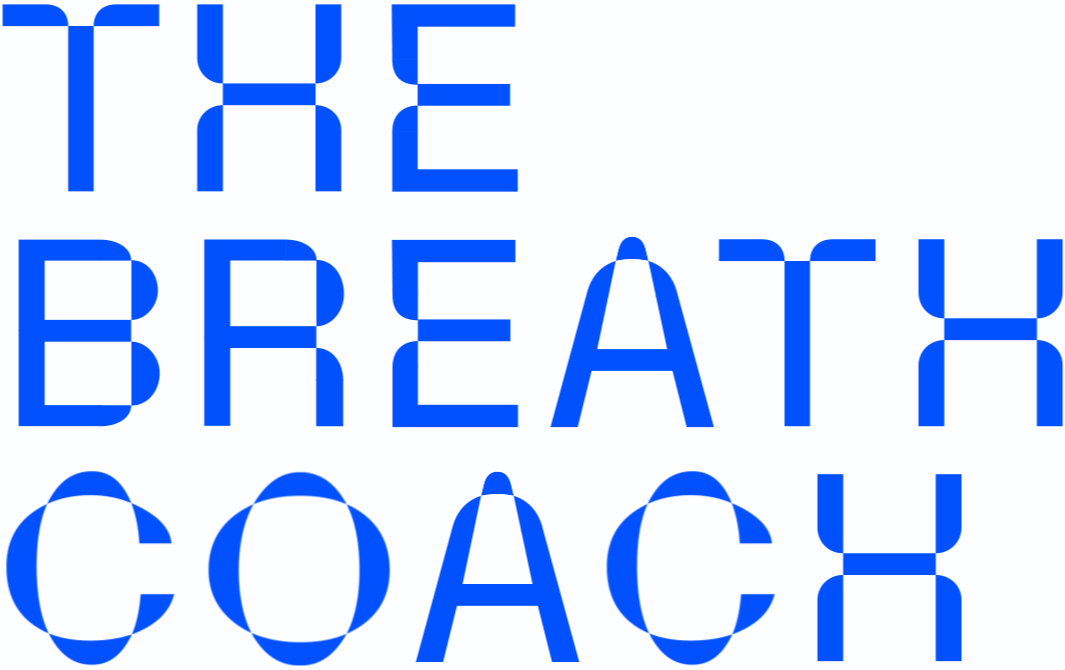Don’t Be a Dope- Produce EPO Naturally
Hey! Thomas Hague, your Breathwork Coach, here to share a game-changing perspective on enhancing athletic performance naturally. Let's talk about EPO (erythropoietin) and to make it even easier to pronounce then let’s try er-rytho-poi-tin– a key player in the production of red blood cells, crucial for oxygen transport in the body.
We've witnessed athletes like Lance Armstrong pursuing synthetic means to elevate their EPO levels. But what if the path to greatness was through something as innate as our breath? Could he have been celebrated as a sports legend rather than the villain of the sport?
Understanding the science behind it, EPO resides in the kidneys, increasing under hypoxic (low oxygen saturation) and hypercapnic (high carbon dioxide) conditions. Enter breath-holding – a technique that induces hypoxia and hypercapnia, in turn, triggers the kidneys to boost EPO production (Balestra et al., 2006). This stimulation, as revealed by Ostrowski et al. (2012), results in the rapid increase and growth process of red blood cells in the bone marrow.
Why does this matter for athletes? Well, an upsurge in red blood cells translates to enhanced oxygen-carrying capacity. A game-changing advantage for athletes and sports performance. The legality, safety, and natural approach to breath-holding make it a compelling alternative to illegal blood doping.
Research shows that five moderate to severe breath holds (25 seconds plus), lowering blood SpO2 below 85%, can yield a remarkable 24% increase in EPO concentration. This peak occurs three hours post-breath-holding, returning to baseline after two hours (de Bruijn et al., 2007). Similar findings emerged from a study at 1,780 meters altitude by Ge and associates (2002).
However, it's crucial to note that the release of a significantly higher number of young red blood cells (reticulocytes) from the bone marrow takes 3-4 days – a valuable insight for athletes preparing for competition (Wolfgang, 2011). Timing and expert breath coaching help you take advantage of this natural performance-enhancing tool. The small margins add up.
For those committed to this type of training, consistent breath-holding practice brings about significant adaptations. A study by Lemaitre, Joulia & Chollet (2010) discovered that trained breath-hold divers exhibited 5% more oxygen-carrying red blood cells than their untrained counterparts – a substantial edge when every percentage point matters.
So, what's the takeaway? The power of your breath holds the key to unlocking your athletic potential naturally. As a Breathwork Coach, I'm here to guide you on this journey. It’s not easy but consistent practice will make you more efficient and increase your training and performance. Let's breathe, train, and perform at our best!
If you’d like to know more and want to boost your performance click on the blue button
Breathe | Feel | Move | Perform | Recover.
Thomas Hague, The Breath Coach
References
Baković, D., Valic, Z., Eterović, D., Vuković, I., Obad, A., Marinović-Terzić, I. and Dujić, Z. (2003). Spleen volume and blood flow response to repeated breath-hold apneas. Journal of Applied Physiology, 95(4), pp.1460-1466.
De Bruijn, R., Richardson, M. and Schagatay, E. (2007). Increased erythropoietin concentration after repeated apneas in humans. European Journal of Applied Physiology, 102(5), pp.609-613.
Ekblom, B., Goldbarg, A. and Gullbring, B. (1972). Response to exercise after blood loss and reinfusion. Journal of Applied Physiology, 33(2), pp.175- 180.
Lemaître, F., Joulia, F. and Chollet, D. (2010). Apnea: A new training method in sport?. Medical Hypotheses, 74(3), pp.413-415.

